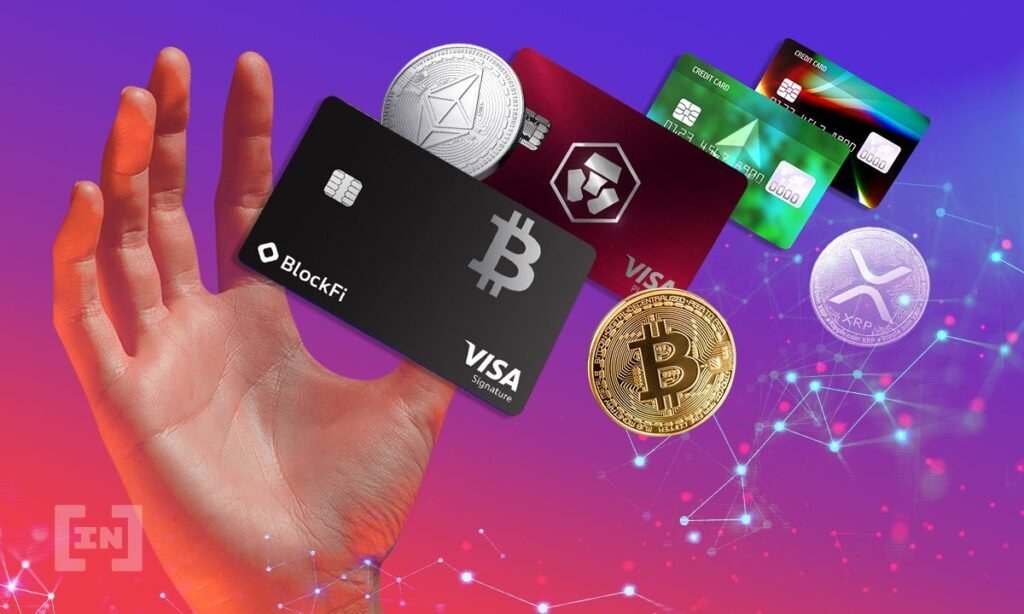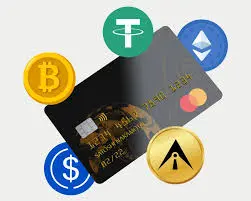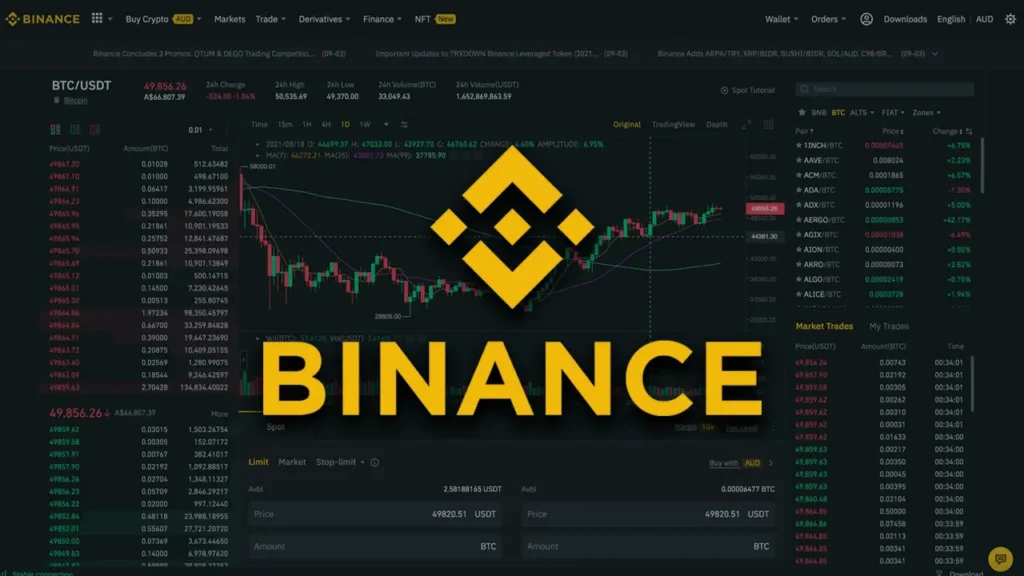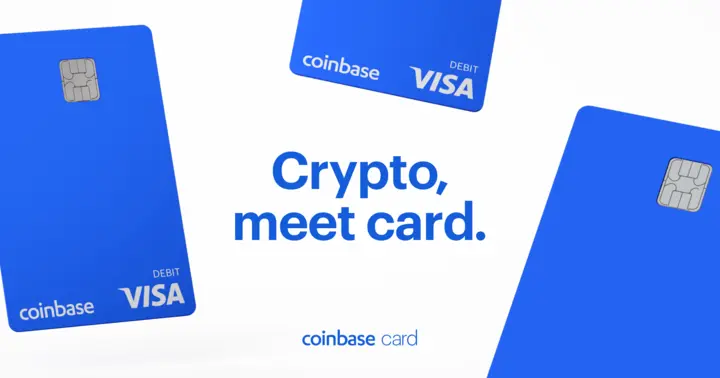Understanding Crypto Credit Card Payment: How Digital Assets Are Now Swipeable
October 31, 2024

Cryptocurrencies are no longer just speculative assets; they’re evolving into tools for everyday financial use. One of the most practical and talked-about innovations in this space is crypto credit card payment. But how does it actually work—and can you really swipe a card and pay with Bitcoin or USDT?
Let’s explore this step-by-step.

What Is a Crypto Credit Card Payment?


At its core, a crypto credit card payment refers to a payment system where a card—usually branded under major networks like Visa or Mastercard—is linked to your cryptocurrency wallet.
Here’s the catch: the merchant still receives fiat currency. The crypto you spend is automatically converted into fiat (like USD, EUR, etc.) at the time of purchase by the card issuer. So, while you’re technically spending crypto, the transaction happens in a familiar way for vendors.
This method bridges the gap between traditional finance and digital assets, making crypto more usable in everyday scenarios.
How Crypto Cards Actually Work Behind the Scenes
Let’s walk through what happens when you swipe a crypto-linked card:

- You swipe your card—just like you would with any debit or credit card.
- Your card issuer (e.g., Binance, Coinbase, Crypto.com) detects the transaction.
- Crypto is sold instantly from your wallet or balance.
- Fiat currency is sent to the merchant.
From the user’s perspective, it’s seamless. There’s no need to manually convert or send crypto before every transaction. Plus, some platforms offer real-time conversion previews so you know exactly how much crypto will be used.
Benefits of Using Crypto for Daily Payments
There are several practical reasons people are adopting crypto card payments:
- Everyday spending of stablecoins like USDT becomes simple and efficient.
- International travelers can avoid currency exchange fees by converting crypto to local currency at the point of sale.
- Crypto cashback rewards are increasingly common—some cards offer 1–5% back in coins like BTC or ETH.
Another key advantage? You’re gaining utility from your crypto instead of just letting it sit in your wallet.
Important Considerations (And Some Drawbacks)

As convenient as crypto card payments may be, they’re not without complications:
- Tax implications: In many jurisdictions, every crypto-to-fiat conversion counts as a taxable event. That $4 sandwich could create a small capital gains liability.
- Fees: Some crypto cards charge monthly or conversion fees. Always read the terms before applying.
- Market volatility: If your assets fluctuate wildly, you might unintentionally overspend or lose value during transactions.
Also, availability varies by region—some cards may not be supported in your country yet.
Examples of Crypto Credit Card Providers

Source : Coinbase
Here are a few platforms offering this service:
- Crypto.com Visa Card – Offers multiple tiers with varying cashback rates and perks. Widely accepted globally.
- Coinbase Card – Directly connected to your Coinbase balance, with customizable crypto-to-fiat spending options.
- Binance Card – Available in many parts of Europe, ideal for those holding BNB or stablecoins like USDT.
These cards generally require identity verification (KYC) and are issued in partnership with regulated financial institutions.
Is This the Future of Spending?

The use of crypto in real-life transactions is still growing. While it’s not yet mainstream, crypto credit card payments show us that digital currencies can serve more than just speculative purposes.
For those actively involved in crypto or holding large balances in stablecoins, these cards offer a new level of convenience. They also provide a valuable testing ground for wider adoption in the future.
Final Thoughts: Crypto Credit Card Payment Explained
To wrap up: yes, you can swipe a card and pay using crypto, thanks to these hybrid credit/debit systems. While merchants aren’t technically accepting Bitcoin or Ethereum, the seamless conversion process makes it feel like they are.
Crypto credit card payment is a solid step toward everyday crypto utility—especially if you’re keen on combining the world of digital assets with the ease of traditional payment methods. Just remember: stay informed, manage your taxes, and use your assets wisely.
As crypto keeps evolving, so too will the tools that help us integrate it into real life.
Relevant News :Here

